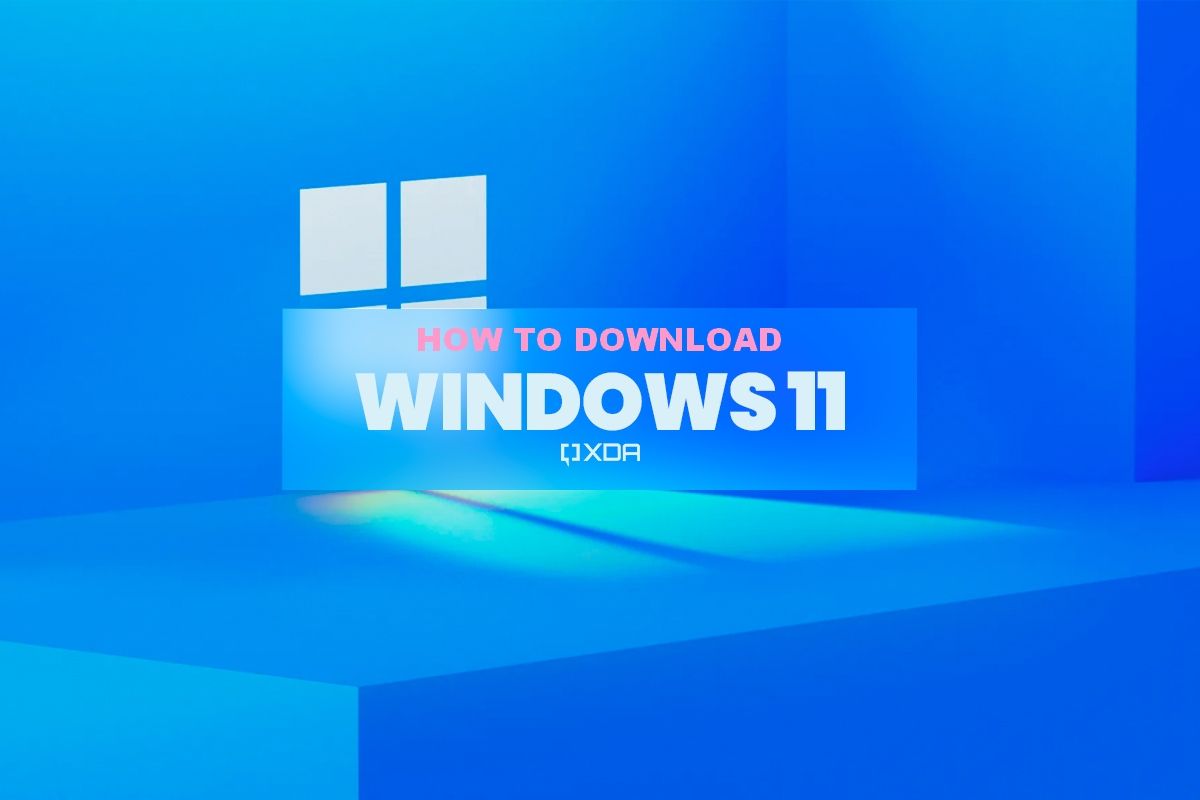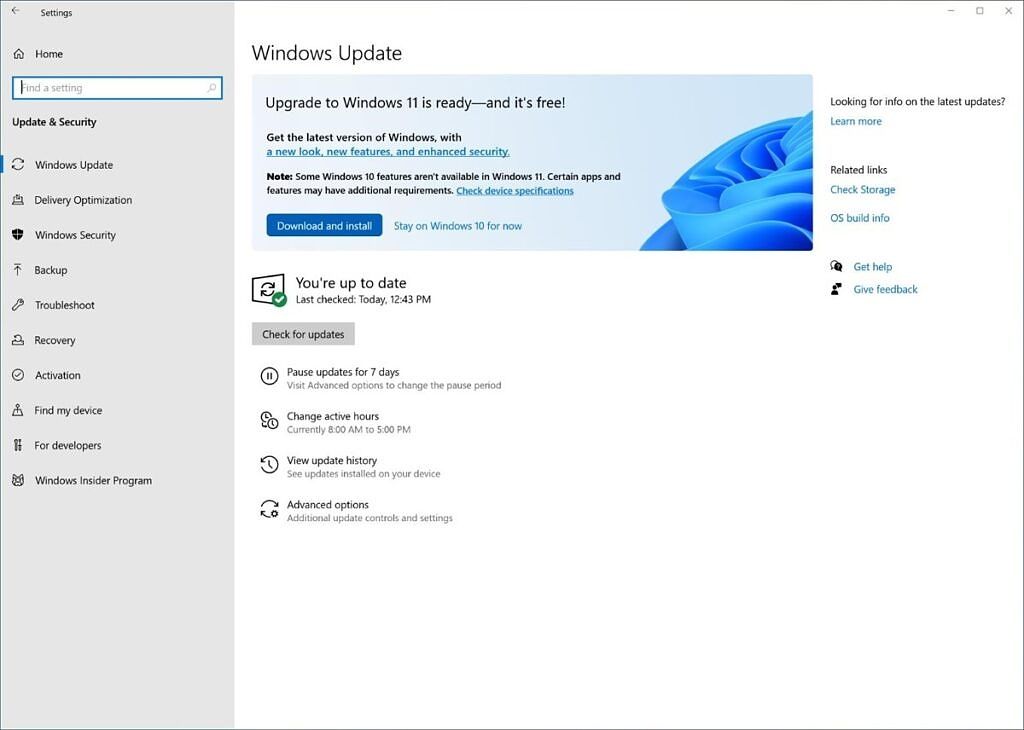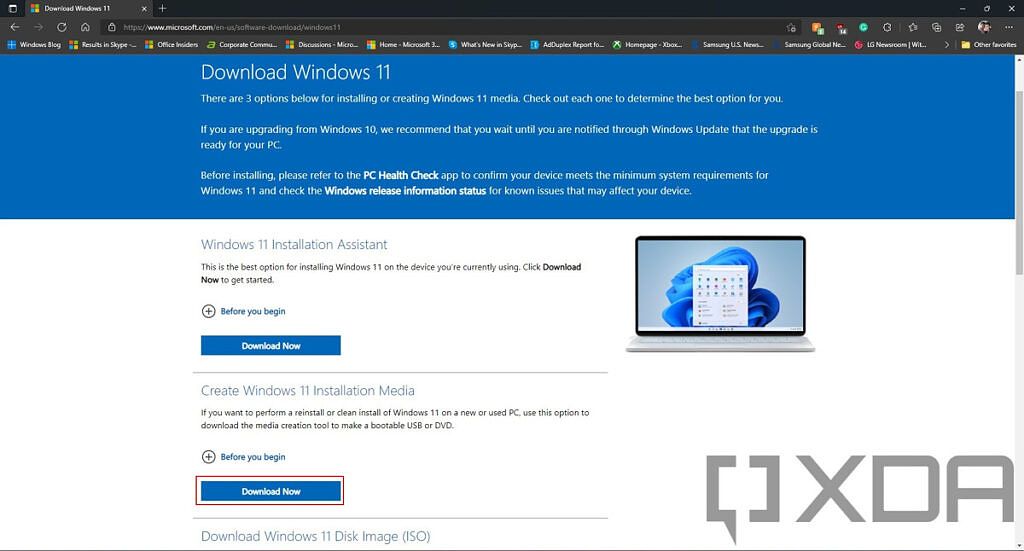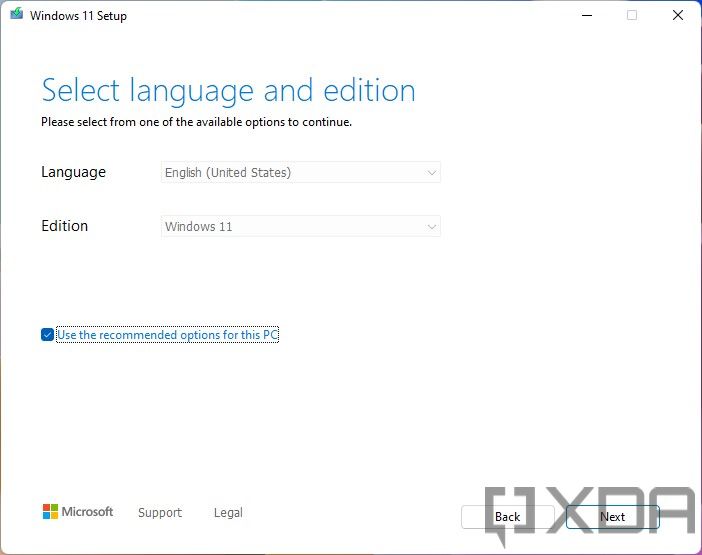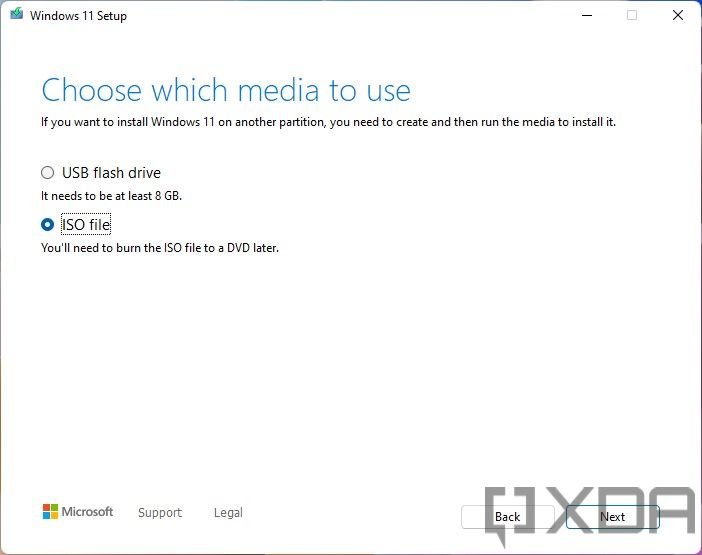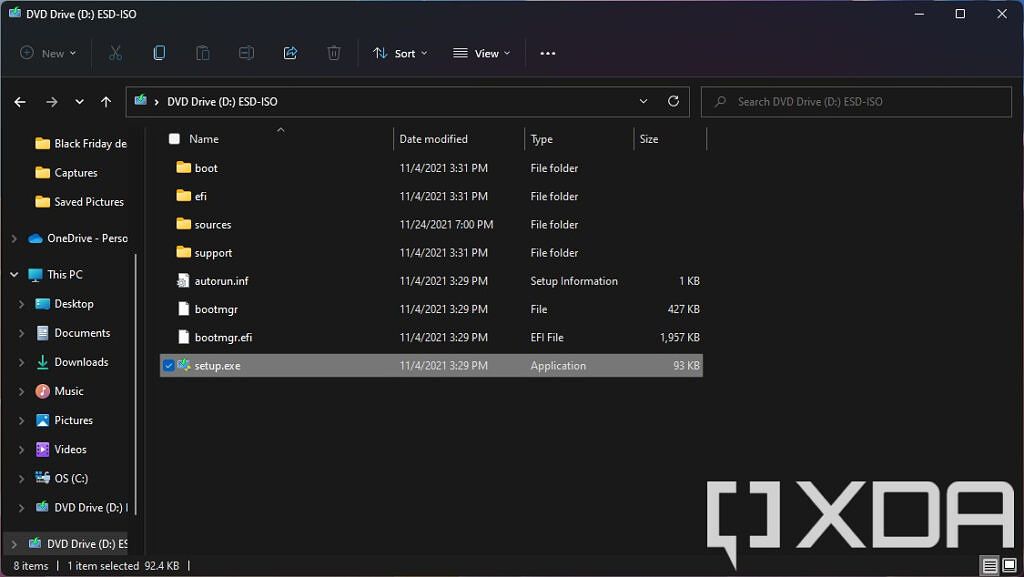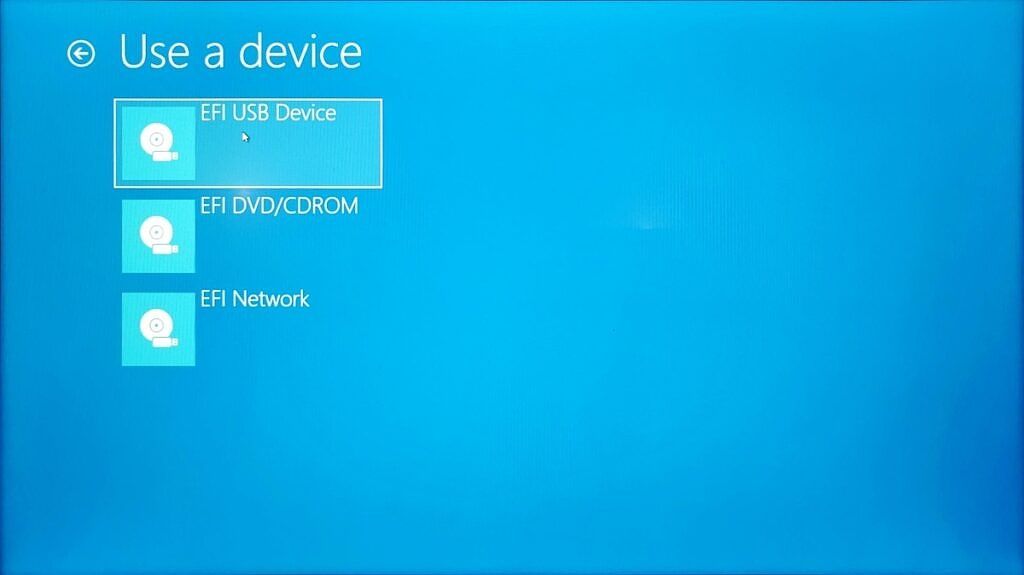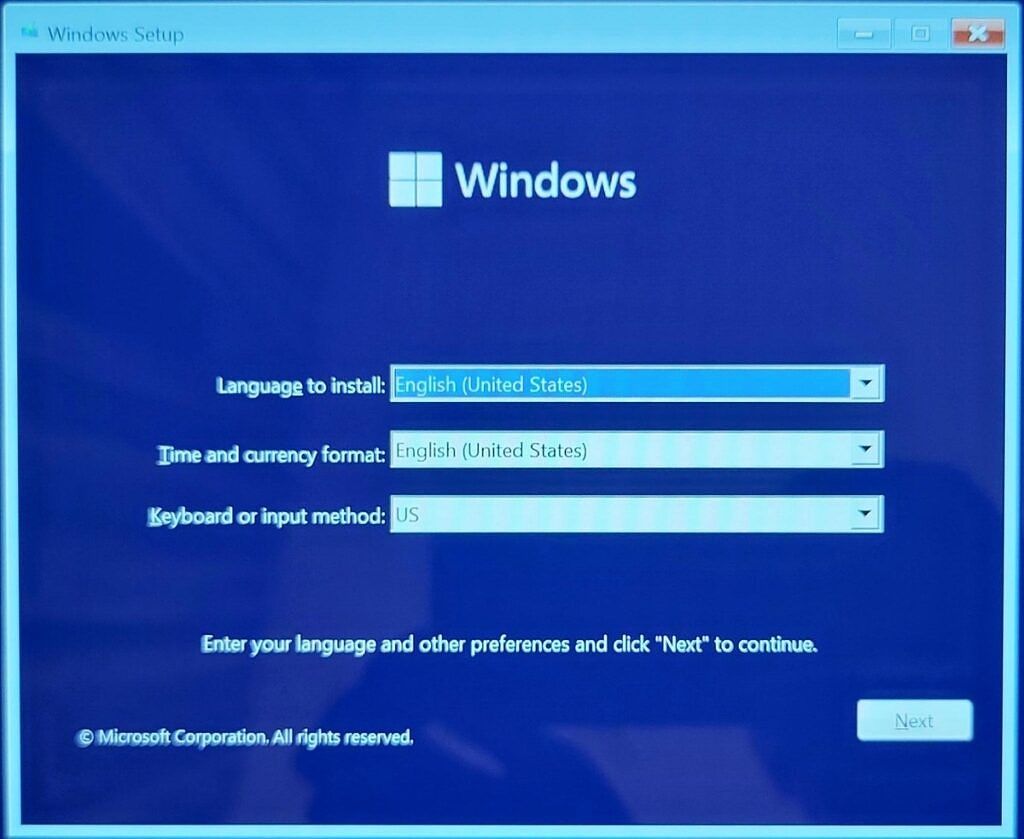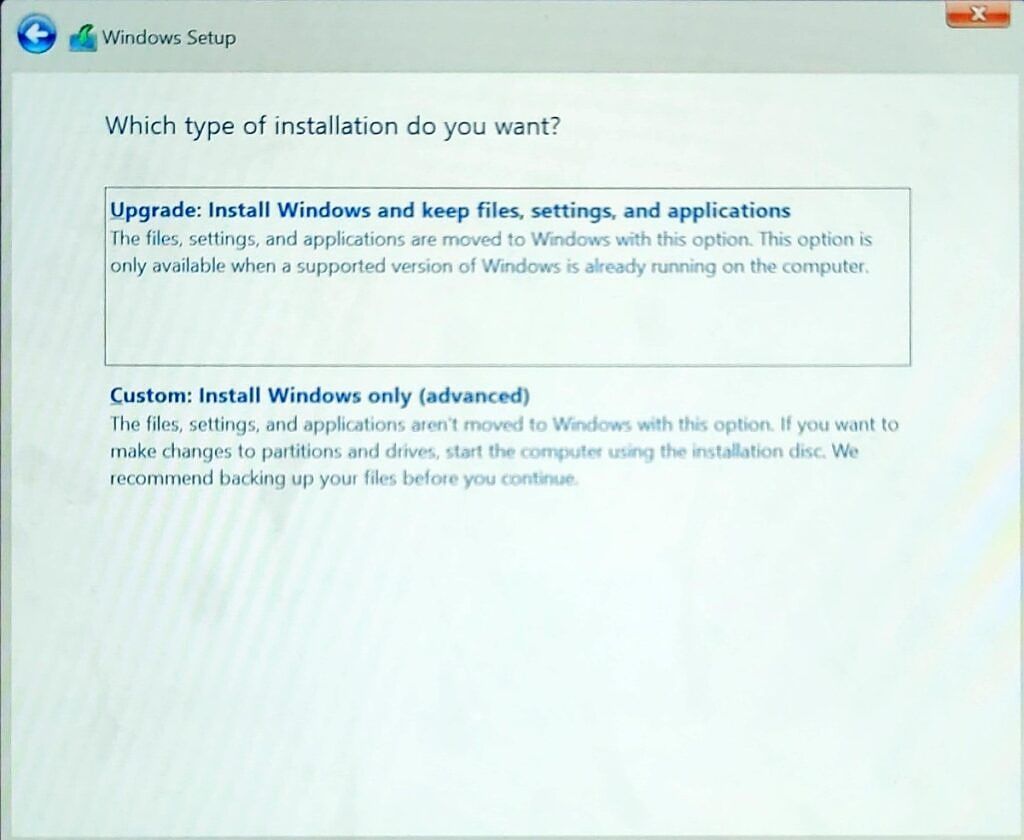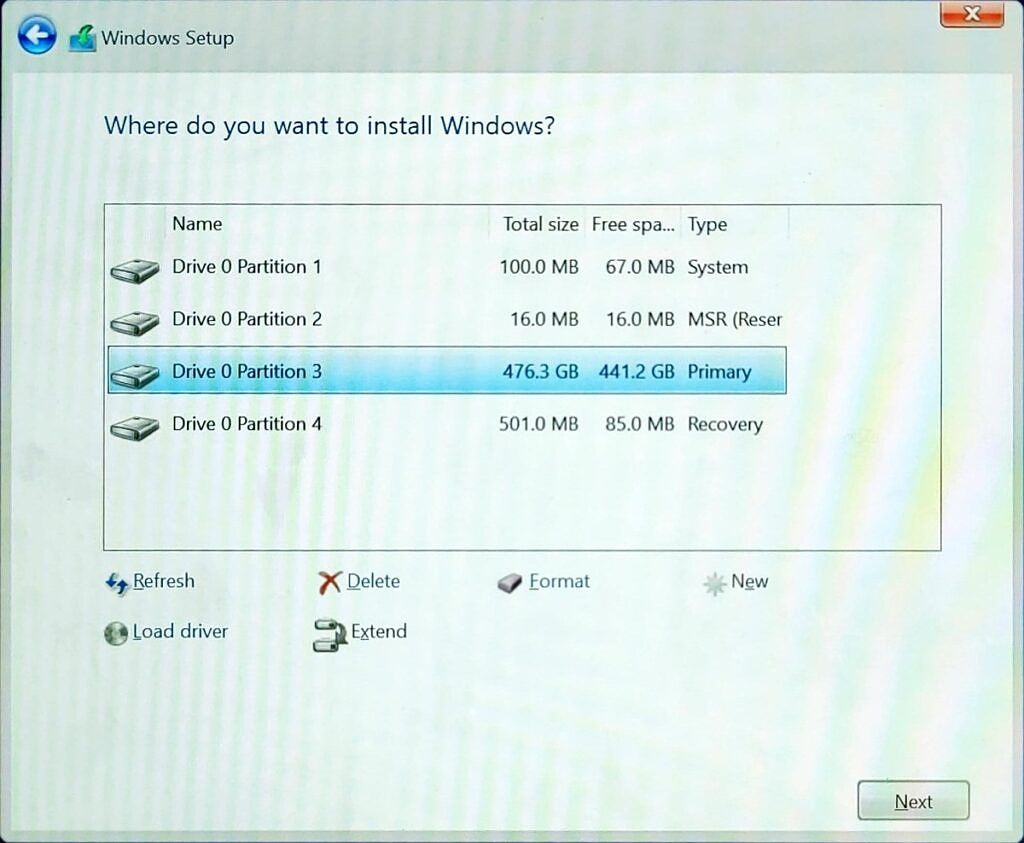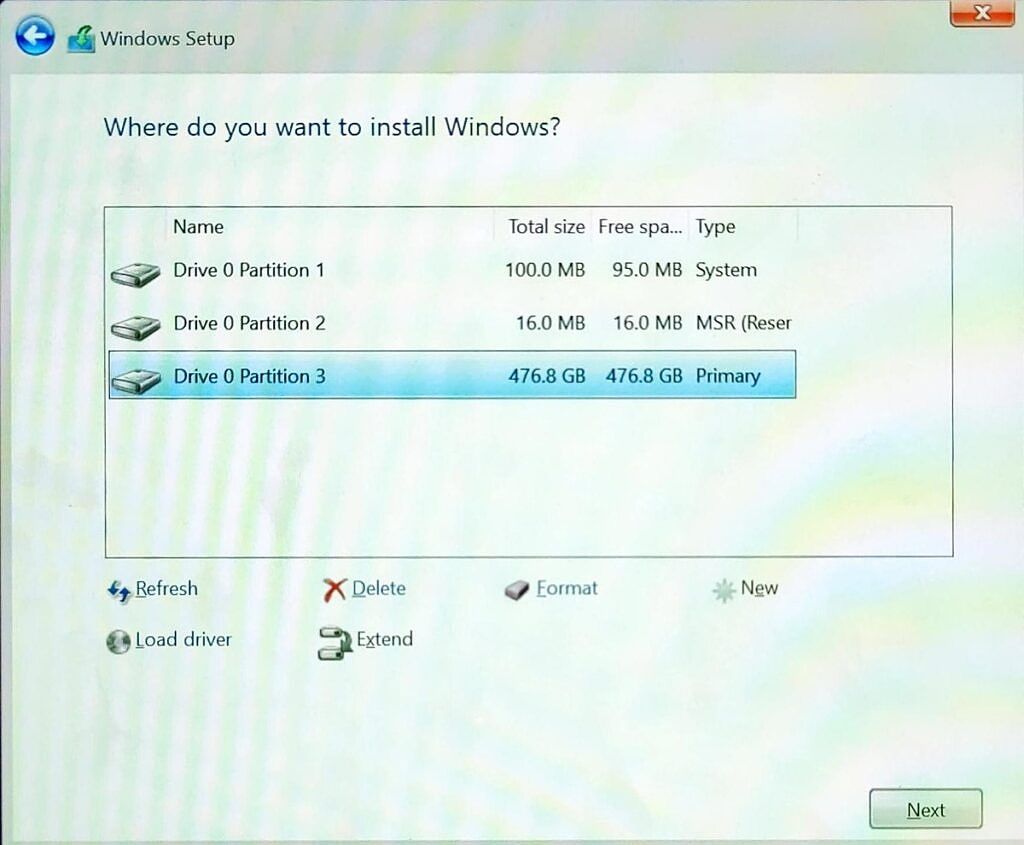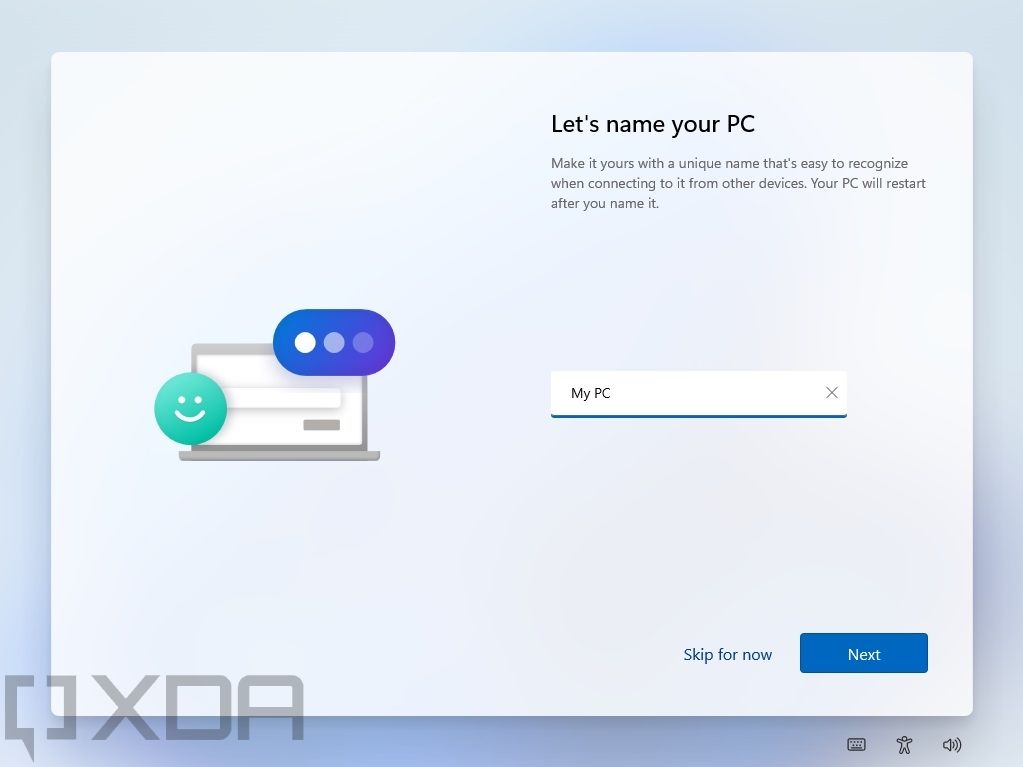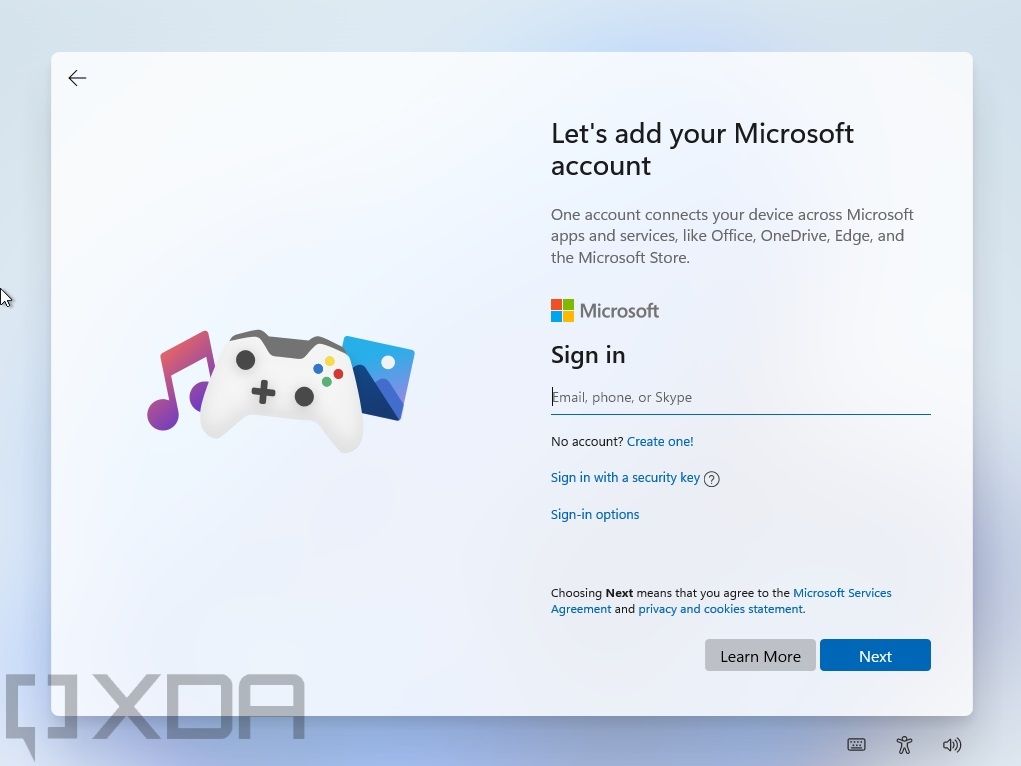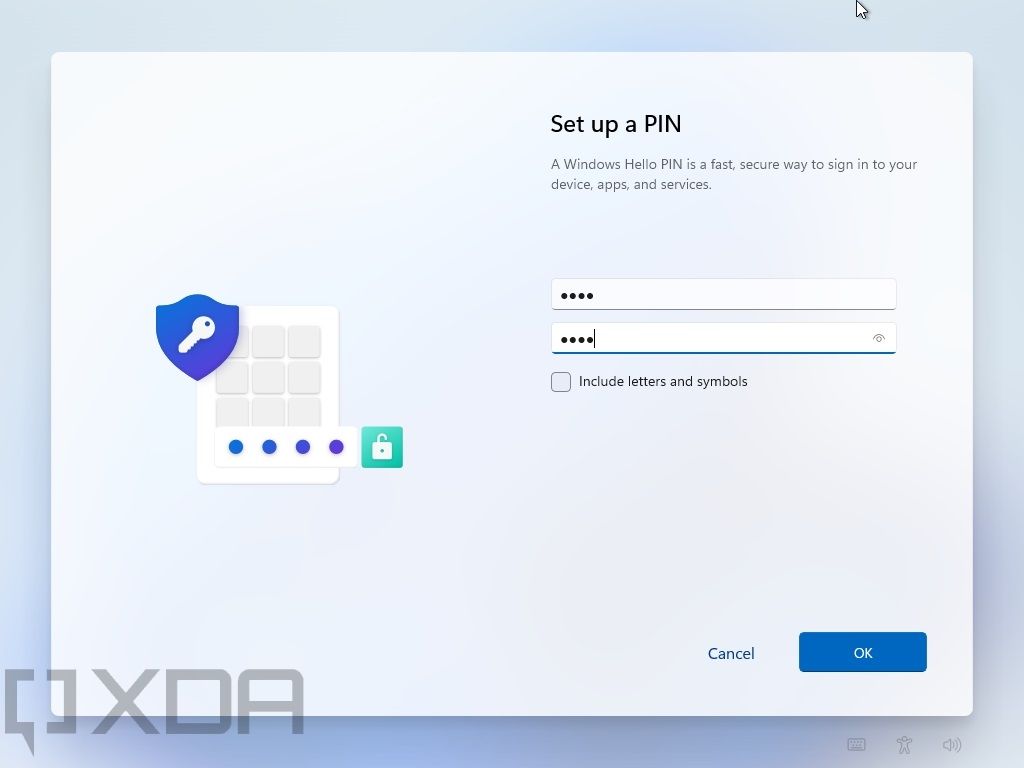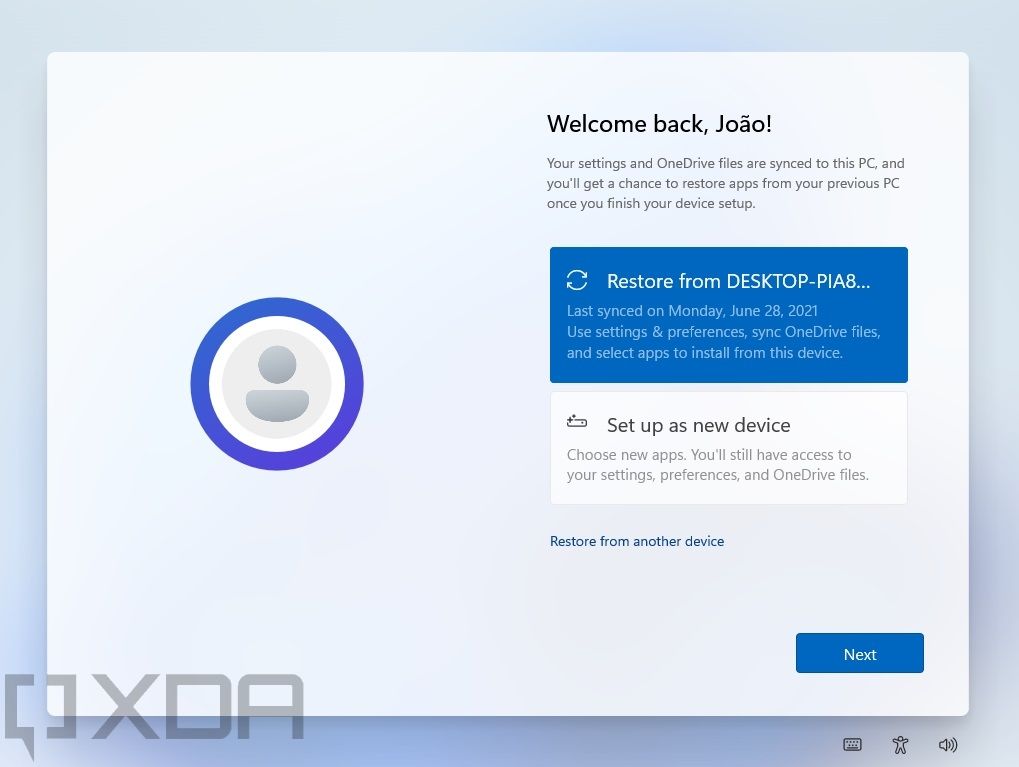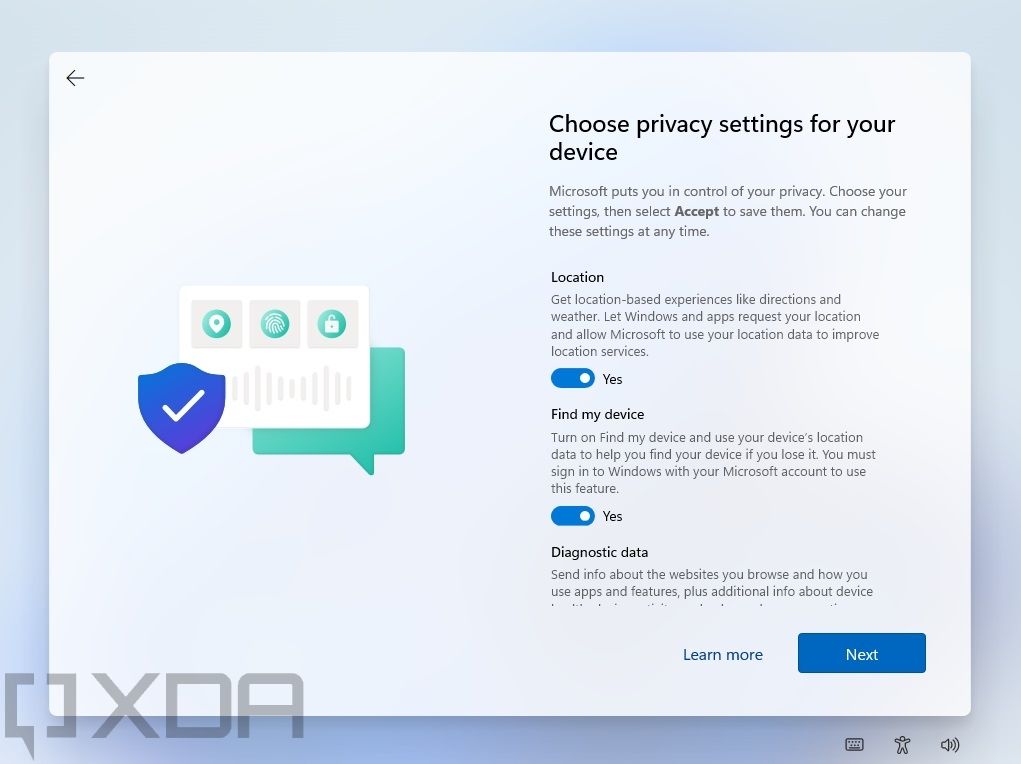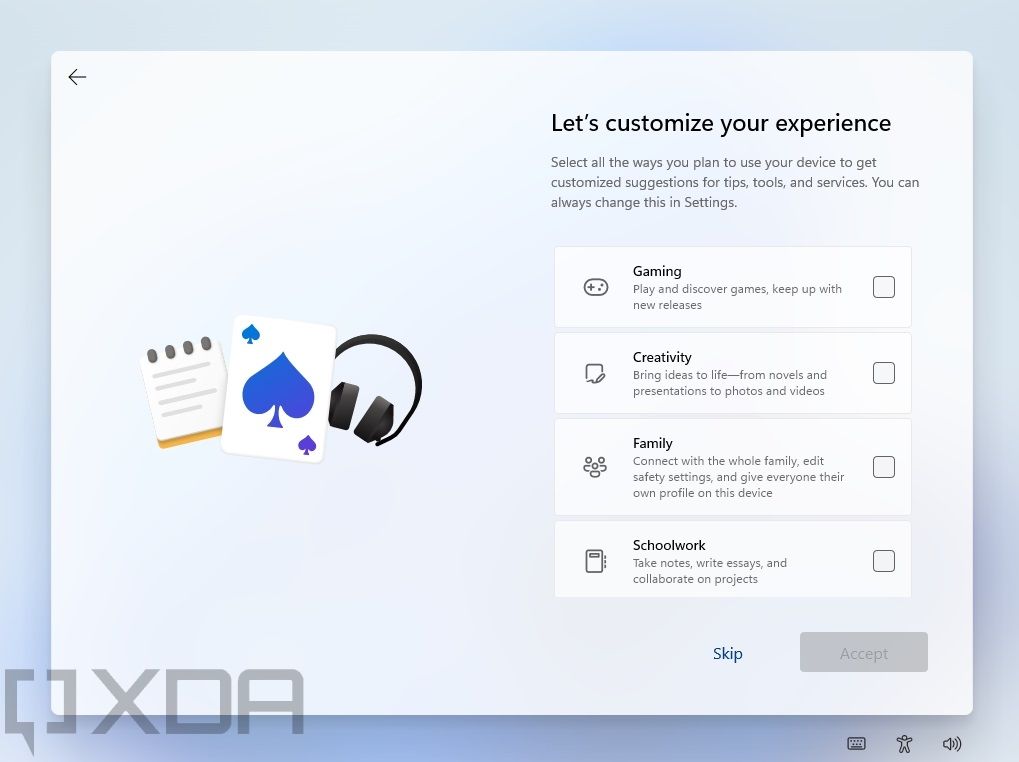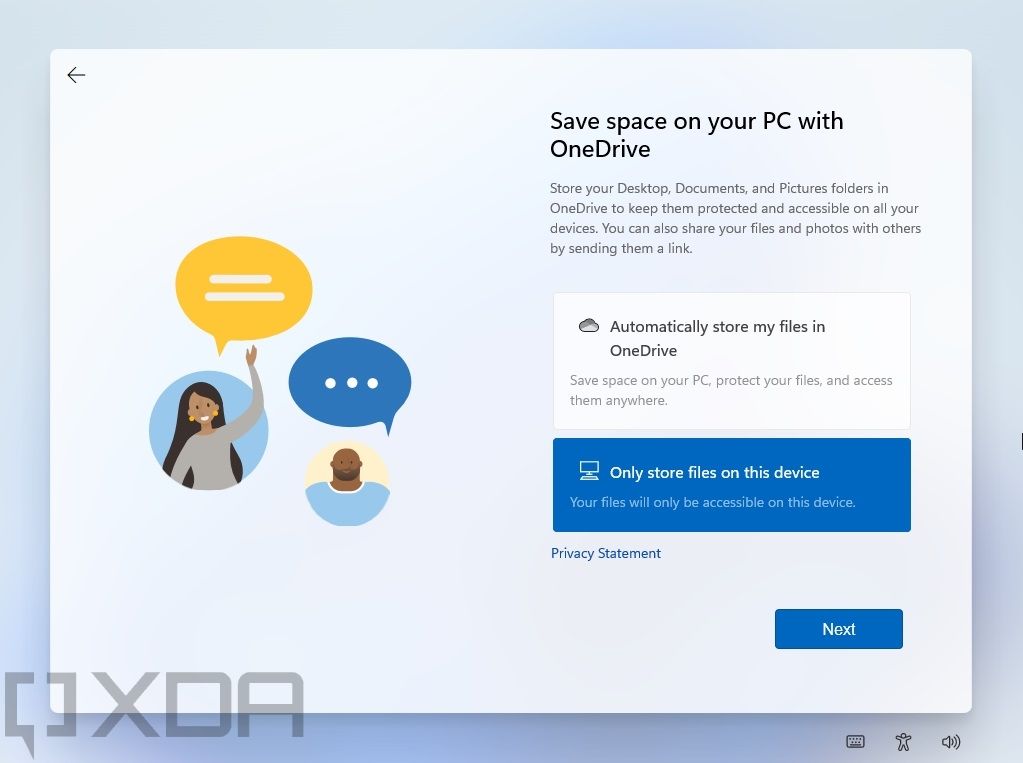Quick Links
Windows 11 has been out for over a year, and it's one of the best operating systems the company has made. The initial release of Windows 11 brought a brand new design language with more gradients, colors, and rounded corners, along with many redesigned apps. More recently, the Windows 11 2022 Update made even more updates, adding new touch gestures for tablets, revamping the Task Manager, and much more. But Windows 11 is still new to many of us, thanks in part to high system requirements, plus it's an optional update. If you want to get Windows 11 on your PC, there are a few ways to go about it.
Even if you're not looking to upgrade, however, sometimes it can be good to perform a clean install of Windows 11, just to tidy things up and make the experience smoother again. It can also help if you've started to notice some issues with the OS. As such, let's take a look at all the major ways you can download and install Windows 11 on your PC.
Before downloading
Before we get started, the first thing you'll want to do is make sure your PC meets the system requirements for Windows 11. If you're running Windows 10, you may find some new requirements that are harder to meet, like the 4GB of RAM, 64-bit CPU, or TPM 2.0 module. In fact, there's a list of CPUs that are compatible, and it's a fairly limited list.
Aside from that, it's always best to be on the safe side before making upgrades like this, so make sure you've backed up your files to a cloud service or an external storage device, like a flash drive or external SSD.
Download Windows 11 using Windows Update
The easiest way to download Windows 11 right now is through Windows Update. The vast majority of supported PCs running Windows 10 should be able to find Windows 11 through Windows Update.
To do this, simply open the Settings app on your Windows 10 PC, and go to the Update & Security section. If your PC has been selected for the rollout, you'll see a big banner advertising Windows 11, and you'll have the option to download it right away.
This will download and install Windows 11 in the easiest way possible, and you won't have to set up anything after the installation. We'd recommend going this route if you can, but you have more options if this one isn't available.
Using the Media Creation Tool
Another official way to download Windows 11 is using the tools Microsoft provides for downloading Windows 11 manually. The most versatile way to do this is using the Media Creation Tool, as you can use it to upgrade your current PC or create installation media for another PC, which you can use if you're offline or have slow internet later. Here's what to do:
- Go to the Windows 11 download page.
- Under Create Windows 11 Installation media, click Download Now.
- Alternatively, you can download an ISO directly from the website under Download Windows 11 Disk Image (ISO). If you do, skip to step 7.
- Run the file you've just downloaded and accept the terms and conditions.
- Choose the language and edition settings you want for your Windows 11 installation. By default, it chooses the correct settings for your PC, but you can change them if you're creating installation media for another PC.
- Choose whether you want to create an ISO file or a bootable USB flash drive.
- Note: If you want to perform a clean install using bootable USB media, select the USB flash drive you want to use and click Next. You can skip to the How to install Windows 11 section below.
- The download will begin and you'll have your ISO file saved in the folder you chose.
- On the computer you want to upgrade, double-click the ISO file, and then run the setup file inside.
- Follow the steps on screen to upgrade your PC to Windows 11 or to reinstall the OS.
You can create a bootable USB flash drive using this ISO file later, if you want. Check the Creating installation media from an ISO section below to learn how.
Creating installation media from an ISO
As we've mentioned above, if you download an ISO file and you just want to upgrade to Windows 11, you can actually mount the ISO in Windows and run the setup file from there. Double-click the ISO file, run the setup file, and you're good to go. However, if you want to perform a clean install or format your PC, you may need to create a bootable USB drive. You can do that using the ISO you've already downloaded. Plus, this method also lets you install Windows 11 on hardware that's not officially supported.
If you want to create a USB installation media you can use for other PCs or for a clean installation, you'll need a program like Rufus. This can take your ISO file and flash it onto your flash drive so you can boot from it. Before you get started, make sure you don't have any important files on the USB drive, since they'll be deleted during the process. The USB drive will also need to have 8GB or more of capacity. Once that's taken care of, here's what you need to do:
- Download Rufus and install the program (or download the portable version).
- Plug in your USB drive and run Rufus.
- Click SELECT, and find the ISO file you downloaded before. All the other options will be filled in automatically.
- Click START and wait until the process finishes.
How to install Windows 11 using a USB drive
Actually installing Windows 11 is a very simple process. Once you have created installation media, you can simply launch the setup file in your flash drive, then click through the installation process. Once the installation process is finished, you'll be running Windows 11. If you want to do it this way, it's pretty much the same as having an ISO file.
However, if you want a clean experience and set up your Windows 11 PC as a brand-new machine, you can do a clean installation. This means deleting all the data on your drive, but it'll allow you to have the cleanest experience. Make sure you've backed up all the data you need before starting. With your USB installation media plugged in, follow these steps:
- Go to Settings -> Update & Security -> Recovery.
- Under Advanced startup, click Restart now.
- In the menu that shows up, click Choose a device, then click your USB drive.
- From here, you'll be taken to the installation environment. Choose your language and keyboard settings, then click Install Now and accept the license terms.
- In the next screen, you'll need to choose Custom: Install Windows only (advanced).
- You'll see the list of drives and partitions on your PC.
- You can choose to format them or delete them and create a new partition in the unallocated space. Either way, you'll be losing your data. In this case, we deleted the partitions and created a new one. Windows automatically creates a couple of additional partitions that are necessary for it to function.
- Click Next and the installation will begin.
Once the installation finishes, you'll be taken to the out-of-box experience (OOBE). This is what you see when setting up a new PC for the first time, or after a reset.
Setting up Windows 11
To get ready to use Windows 11, you'll need to get through a few steps. Here's the whole process:
- First, you'll need to choose your region and keyboard layout.
- Accept the license terms, then you'll get the chance to name your PC.
- You'll then be asked to sign in with a Microsoft account. This is mandatory for Windows 10 Home users, but some editions can use local accounts.
- Once you've signed in, you can set a PIN to replace your password. If you signed in using Microsoft Authenticator, setting a PIN is mandatory.
- One thing that's new in Windows 11 is the ability to back up your settings and installed apps, which makes setting up a new computer easier. If you've used Windows 11 before, you'll see an option to restore from your previous backup.
- Next up, you have a few privacy settings to go through. These include allowing apps to use your location, how much diagnostic data you want to sent to Microsoft, or whether apps can use your advertising ID. Choose the apps that suit you, then click Next.
- The next thing you can set up is your device usage. You can tell Windows what you're more likely to do with your PC, and you'll get suggestions and tips based on that. You can also choose nothing and click Next here.
- Finally, you can set up if you want to save your files on OneDrive or only on your PC. Saving your files to OneDrive means you'll have them backed up in case something happens to your computer, but you may need a Microsoft 365 subscription to fit all your files.
- After a brief setup period, you'll be taken to the Windows 11 desktop.
That's all you need to know about downloading and installing Windows 11 right now. Since it's still in early testing, there isn't an abundance of options for downloading the operating system, but more will be available later. We'll update this article as more options become available, so you can more easily choose your preferred one.

